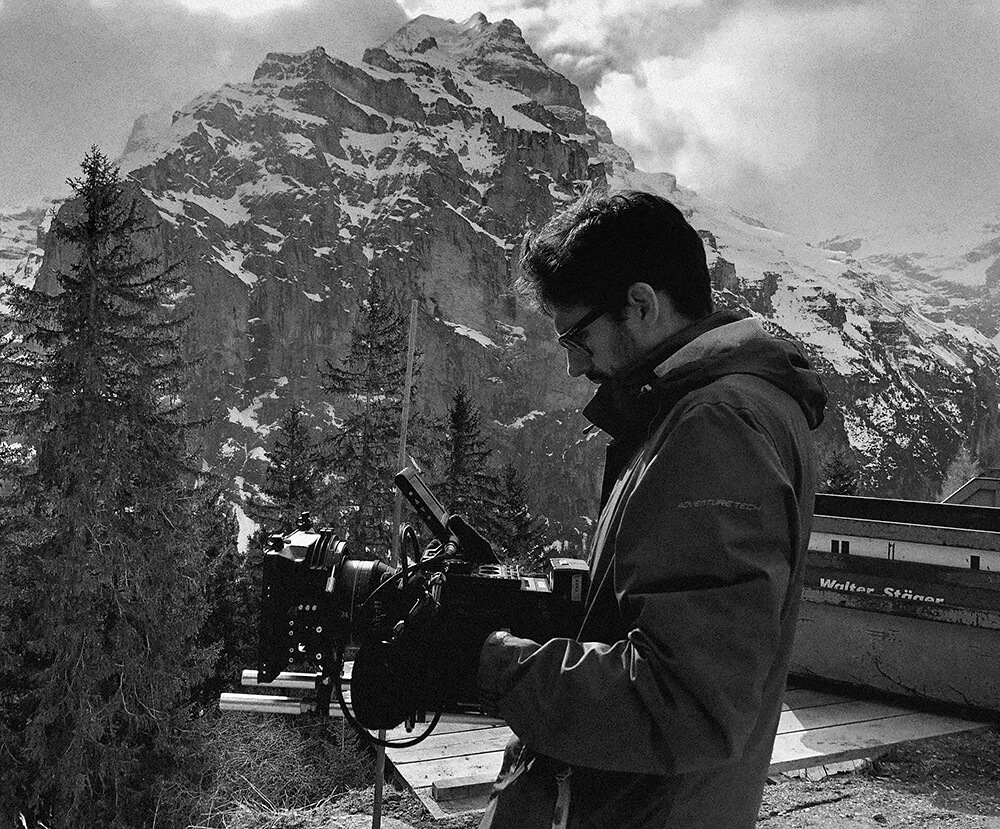My grandparents met during their studies in the University of Fine Arts in Valencia. Most of my close relatives work in the field of visual arts. On my behalf, I've always wanted to be a painter, and was fascinated by many artists: Sorolla, Velázquez, Rembrandt, Delacroix...
During High School I had the opportunity to work on a short film for one of the courses, I then realised I wanted to work in the film industry. In 2006 I started my adventure. I studied Film in Valencia, and afterwards worked as a freelancer in a television production company for a year. At that time everything we did was recorded on tapes, and the cinematography quality I was searching for was unattainable. Fortunately, my grandfather lent me his Leica and everything changed. I slowly began learning how to use different cameras and I knew I had found my calling. Before even realising it I was already working as a photographer. I knew (or at least I thought I knew) how to use a camera, but not what to express with it, I needed to expand my knowledge of Art and extend my perspective. I began my studies in Fine Arts, and it was one of the best decisions I have ever made. I still don't know the meaning of Art, fully, but I was able to learn what people could achieve thanks to having artistic values. During the last two years of my Arts studies I concentrated on Contemporary Art, Film and Photography. When I finished I wanted to specialise in Cinematography and decided to move to Barcelona to study a Masters in Cinematography in ESCAC (Superior School of Cinema of Catalonia). Since then I'm based in Barcelona and my work is focused mainly on Photography and Cinematography. I also teach workshops specialised in natural light and try to direct my work towards a more natural feel, creating atmospheres that recall the painters I've always admired.
About Light
In 2016, after years of studying arts and photography I decided I wanted to specialise in natural light. I wanted to learn everything I could about it, so I began to research and practice, studying from artists starting from the 15th century until today.
This research evolved in a personal project called "aboutlight", shot with natural light, about beauty, femininity, loneliness, melancholy and any type of feeling you can transmit while in a state of calm.
I'm currently teaching and learning constantly, improving and making others improve. It's this combination that's helping me grow and develop my skills day to day.
Find out more in his exclusive interview